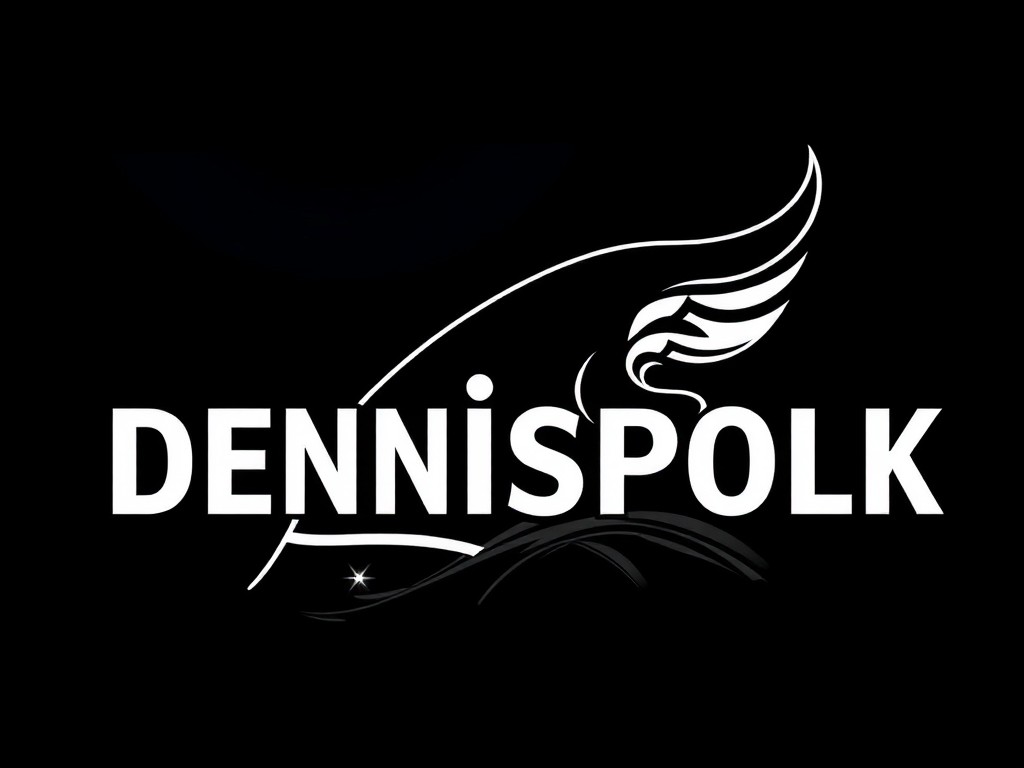Unlocking the Dual Advantages of Green Roofs: Financial Gains and Eco-Friendly Perks for Urban Spaces
In the heart of bustling cities, where concrete and steel dominate the skyline, a revolutionary trend is transforming urban landscapes: green roofs. These innovative structures are not just a aesthetic addition but a multifaceted solution that offers both financial benefits and environmental perks. Let's delve into the world of green roofs and explore how they are redefining urban development.
What are Green Roofs?
Green roofs, also known as living roofs, are layers of vegetation planted on rooftops. They are more than just a decorative feature; they are a comprehensive system designed to provide numerous benefits for both the environment and the building's occupants.
Also to discover : Unlocking Profits: The Financial Benefits of Developing Energy-Efficient Commercial Real Estate
Key Components of Green Roofs
- Vegetation Layer: This is the visible part of the green roof, consisting of plants, grasses, or other vegetation.
- Growing Medium: A layer of soil or other growing material that supports the vegetation.
- Drainage Layer: Ensures that excess water is removed from the roof to prevent waterlogging.
- Waterproofing Layer: Protects the building from water damage.
- Root Barrier: Prevents plant roots from penetrating the waterproofing layer.
Environmental Advantages
Green roofs are a cornerstone of sustainable urban development, offering several environmental benefits that make them an attractive option for eco-conscious cities.
Water Management
Green roofs act like sponges, absorbing rainwater and reducing stormwater runoff. This helps alleviate the pressure on urban drainage systems and minimizes the risk of flooding and erosion.
Also to discover : How to Invest in Real Estate That Could Change Everything
- Rainwater Harvesting: The water absorbed by green roofs can be collected and reused for irrigation, toilet flushing, and other non-potable purposes.
- Reduced Water Pollution: By decreasing stormwater runoff, green roofs help protect local waterways from pollutants that might otherwise enter them.
Biodiversity Conservation
Green roofs provide habitats for local wildlife, enhancing urban biodiversity. They can support pollinators, birds, and other small animals, contributing to a healthier ecosystem.
- Habitat Creation: Green roofs can mimic natural habitats, offering a haven for urban wildlife.
- Air Quality Improvement: Vegetation on green roofs absorbs air pollutants, improving the overall air quality in urban areas.
Climate Change Mitigation
Green roofs play a significant role in combating climate change by reducing the urban heat island effect and absorbing carbon dioxide.
- Temperature Regulation: Green roofs regulate building temperatures by reducing heat absorption, thus lowering energy costs and the need for air conditioning.
- Carbon Sequestration: The vegetation on green roofs absorbs carbon dioxide, contributing to a reduction in greenhouse gas emissions.
Economic Incentives
Beyond their environmental benefits, green roofs also offer several economic advantages that make them an attractive investment for property owners and developers.
Energy Efficiency
Green roofs are energy-efficient, reducing the need for heating and cooling.
- Insulation Benefits: The vegetation and soil layers act as natural insulation, reducing heat loss in winter and heat gain in summer.
- Lower Utility Bills: By reducing the energy consumption of buildings, green roofs lead to lower utility bills, which can be a significant cost savings over time.
Increased Property Value
Green roofs can significantly enhance property values, making them more attractive to potential buyers and renters.
- Aesthetic Appeal: Green roofs add a unique and visually appealing element to buildings, increasing their market value.
- LEED Certification: Buildings with green roofs can qualify for LEED (Leadership in Energy and Environmental Design) certification, which can increase property value and attract environmentally conscious tenants.
Tax Incentives and Rebates
Many governments offer tax incentives and rebates for buildings that incorporate green roofs, further reducing the financial burden of installation.
- Government Incentives: Cities and states often provide financial incentives for developers who incorporate green infrastructure, including green roofs, into their projects.
- Rebates and Grants: There are various rebates and grants available for property owners who invest in green roofs, helping to offset the initial costs.
Practical Implementation and Maintenance
Implementing and maintaining a green roof requires careful planning and ongoing care.
Design and Installation
The design and installation of a green roof must be done with precision to ensure its longevity and effectiveness.
- Structural Integrity: The building's structure must be able to support the weight of the green roof, including the vegetation, soil, and other components.
- Drainage Systems: A proper drainage system is crucial to prevent waterlogging and ensure the health of the vegetation.
Maintenance Requirements
Green roofs require regular maintenance to keep them healthy and functioning optimally.
- Irrigation: Depending on the climate, green roofs may need irrigation systems to ensure the vegetation receives adequate water.
- Fertilization and Pruning: Regular fertilization and pruning are necessary to maintain the health and appearance of the vegetation.
Case Studies and Examples
Several cities around the world have successfully integrated green roofs into their urban development strategies, showcasing their benefits in real-world scenarios.
Green Roofs in Urban Development
- Chicago's City Hall Green Roof: This pioneering project in Chicago has been a model for urban green roofs. It has reduced stormwater runoff, improved air quality, and provided a habitat for local wildlife.
- Toronto's Green Roof Bylaw: Toronto has implemented a bylaw requiring new buildings to include green roofs. This initiative has significantly increased the city's green infrastructure, enhancing its environmental sustainability.
Community Engagement and Mixed Use
Green roofs can also serve as community spaces, fostering social interaction and a sense of community.
- Rooftop Gardens: Many buildings use their green roofs as rooftop gardens, providing residents with a green space for recreation and relaxation.
- Mixed Use Developments: Green roofs can be integrated into mixed-use developments, combining residential, commercial, and recreational spaces to create vibrant urban environments.
Green roofs are more than just a trendy architectural feature; they are a vital component of sustainable urban development. By offering both environmental and economic benefits, green roofs are poised to play a pivotal role in the future of urban landscapes.
Long-Term Sustainability
- Climate Resilience: Green roofs help cities adapt to climate change by reducing the urban heat island effect and managing stormwater runoff.
- Biodiversity and Air Quality: They enhance biodiversity and improve air quality, contributing to a healthier urban environment.
Innovative Solutions for Urban Challenges
- Water Quality: Green roofs help protect local waterways by reducing stormwater runoff and preventing water pollution.
- Energy Efficiency: They reduce energy consumption, leading to lower utility bills and a more sustainable urban infrastructure.
Incorporating green roofs into urban development is a step towards creating more sustainable, resilient, and livable cities. As we continue to urbanize, embracing innovative solutions like green roofs will be crucial in ensuring that our cities remain vibrant and sustainable for generations to come.
Frequently Asked Questions
What are the primary benefits of green roofs?
- Environmental Benefits: Green roofs reduce stormwater runoff, improve air quality, and provide habitats for local wildlife.
- Economic Benefits: They reduce energy consumption, lower utility bills, and increase property values.
How do green roofs contribute to climate change mitigation?
- Carbon Sequestration: Green roofs absorb carbon dioxide, contributing to a reduction in greenhouse gas emissions.
- Temperature Regulation: They regulate building temperatures, reducing the need for heating and cooling.
What are the maintenance requirements for green roofs?
- Irrigation and Fertilization: Regular irrigation and fertilization are necessary to maintain the health of the vegetation.
- Pruning and Inspection: Regular pruning and inspection ensure the roof remains in good condition and functions optimally.
Table: Comparing Traditional Roofs with Green Roofs
| Feature | Traditional Roofs | Green Roofs |
|---|---|---|
| Energy Efficiency | Limited insulation properties | Natural insulation reduces heat loss and gain |
| Water Management | No water absorption | Absorbs rainwater, reduces stormwater runoff |
| Biodiversity | No habitat for wildlife | Provides habitats for local wildlife |
| Air Quality | No air quality improvement | Improves air quality by absorbing pollutants |
| Property Value | No significant increase | Increases property value due to aesthetic appeal and LEED certification |
| Maintenance | Low maintenance | Regular maintenance required for vegetation health |
| Carbon Footprint | No carbon sequestration | Absorbs carbon dioxide, reducing greenhouse gas emissions |
| Community Spaces | No community spaces | Can serve as community spaces for recreation and relaxation |
List: Benefits of Green Roofs for Urban Spaces
- Reduced Urban Heat Island Effect: Green roofs lower surface temperatures, providing relief from heat.
- Improved Air Quality: Vegetation absorbs air pollutants, enhancing air quality.
- Enhanced Biodiversity: Provides habitats for local wildlife, increasing urban biodiversity.
- Water Quality Protection: Reduces stormwater runoff, preventing water pollution.
- Energy Efficiency: Reduces energy consumption, leading to lower utility bills.
- Increased Property Value: Enhances property value through aesthetic appeal and LEED certification.
- Community Engagement: Can serve as community spaces, fostering social interaction.
- Carbon Sequestration: Absorbs carbon dioxide, contributing to a reduction in greenhouse gas emissions.
- Long-Term Sustainability: Helps cities adapt to climate change and ensures a more sustainable urban infrastructure.
In conclusion, green roofs are a multifaceted solution that addresses various urban challenges while offering significant financial and environmental benefits. As cities continue to evolve, integrating green roofs into urban development strategies will be essential for creating sustainable, resilient, and livable urban spaces.











